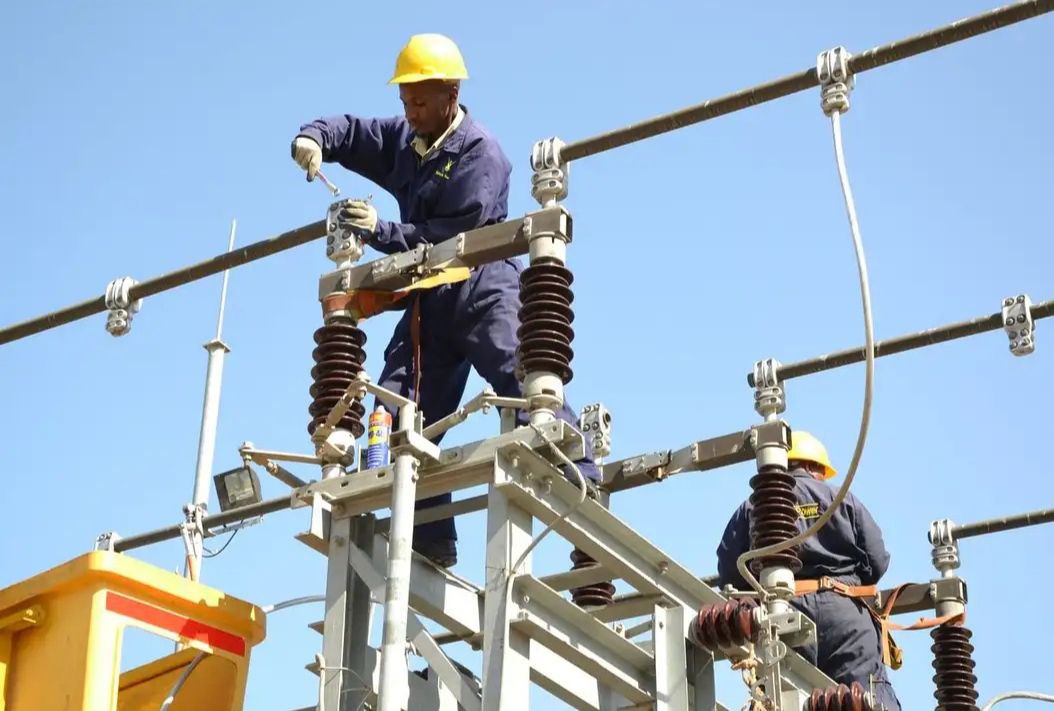Here is the reason why KPLC experiences nationwide blackout
by Alex · December 10, 2023

In recent days, Kenya has found itself grappling with an unprecedented nationwide blackout that left millions in the dark and plunged businesses, households, and key infrastructure into chaos. Up to three times in a span of three months. At the centre of this blackout is the Kenya Power and Lighting Company (KPLC), the nation’s primary electricity provider.
As the principal electricity provider in Kenya, KPLC is the backbone of the nation’s power distribution network. With a vast reach, it supplies electricity to urban and rural areas alike, powering industries, homes, and essential services. Its significance cannot be overstated, making any disruption in its operations a matter of national concern.
Impact of the KPLC nationwide blackout
The recent nationwide blackout orchestrated by KPLC has sent shockwaves through the Kenyan economy. Businesses, both large and small, were forced to grind to a halt, leading to financial losses and operational challenges. Households were left without electricity, affecting daily life and raising concerns about essential services such as healthcare.
The blackout’s ripple effect extended to major airports like Jomo Kenyatta International Airport (JKIA), disrupting travel plans and cargo operations. Additionally, communication networks were severely hampered.

Causes of the Nationwide Blackout
Technical Issues and Equipment Failure
This includes failures in critical equipment such as transformers and Faulty Power Lines. Outdated equipment or inadequate maintenance procedures might have contributed to these technical failures. Voltage Fluctuations and Instabilities, Inadequate Monitoring and Early Warning Systems
Cybersecurity Threats
In an increasingly digitalized world, the power grid is susceptible to cybersecurity threats. A malicious cyber attack on the control systems of KPLC could lead to disruptions in electricity distribution.
Ageing Infrastructure and Inadequate Maintenance
The ageing power grid of KPLC, coupled with insufficient maintenance practices, created vulnerabilities in the system. The wear and tear on infrastructure over time could have led to weaknesses in the power distribution network.
Lack of Backup Systems
This is the absence or inadequacy of alternative mechanisms in the power infrastructure to ensure continuous and reliable electricity supply, especially in the face of unexpected failures or disruptions.
External Factors: Severe Weather and Natural Disasters
Events like storms, floods, or earthquakes have the potential to damage critical infrastructure, disrupting the normal flow of electricity.

The Risk of the Nationwide Blackout to the Economy
A nationwide blackout in a country like Kenya poses significant dangers with far-reaching consequences.
Firstly, such an event disrupts the normal functioning of essential services, including healthcare, as hospitals heavily rely on electricity for critical equipment and patient care. Businesses face severe setbacks, causing economic losses and potentially leading to unemployment.
The blackout disrupts daily life for households, impacting access to necessities such as lighting, cooking, and communication. In a digitally connected world, the breakdown of communication networks hampers information flow and emergency response capabilities.
Transportation is adversely affected, with potential disruptions at major hubs like airports, leading to logistical challenges and delays as travel plans are disrupted.
Public safety is jeopardized, particularly if emergency services encounter difficulties in responding to crises.
Additionally, investor confidence may decline, affecting the country’s economic stability.
The Kenya Power and Lighting Company (KPLC) responds immediately with its emergency response team, mobilizing field technicians to swiftly assess and address the blackout’s root causes. KPLC promptly communicates updates to the public through various channels, such as Facebook, and X ensuring transparency.







